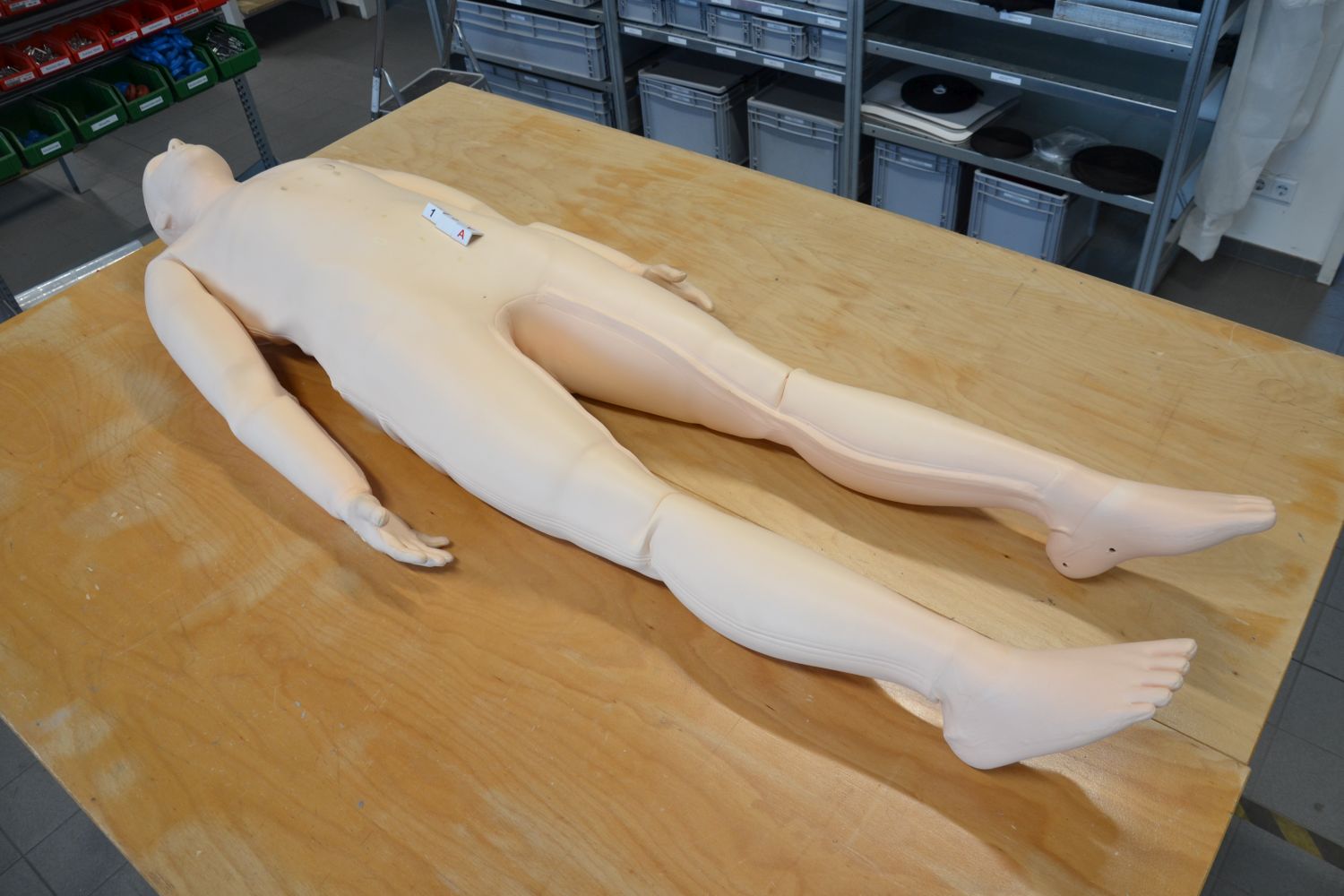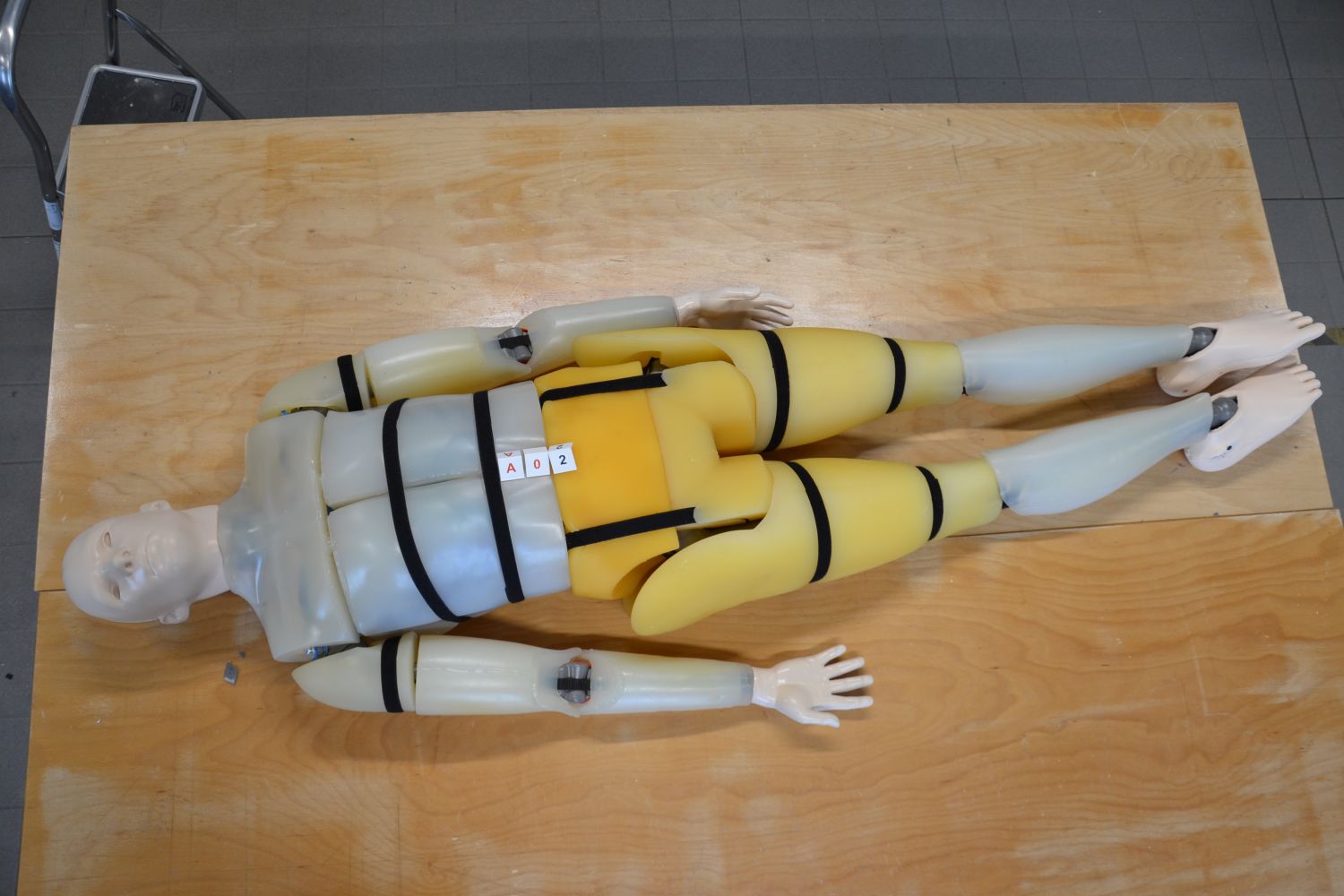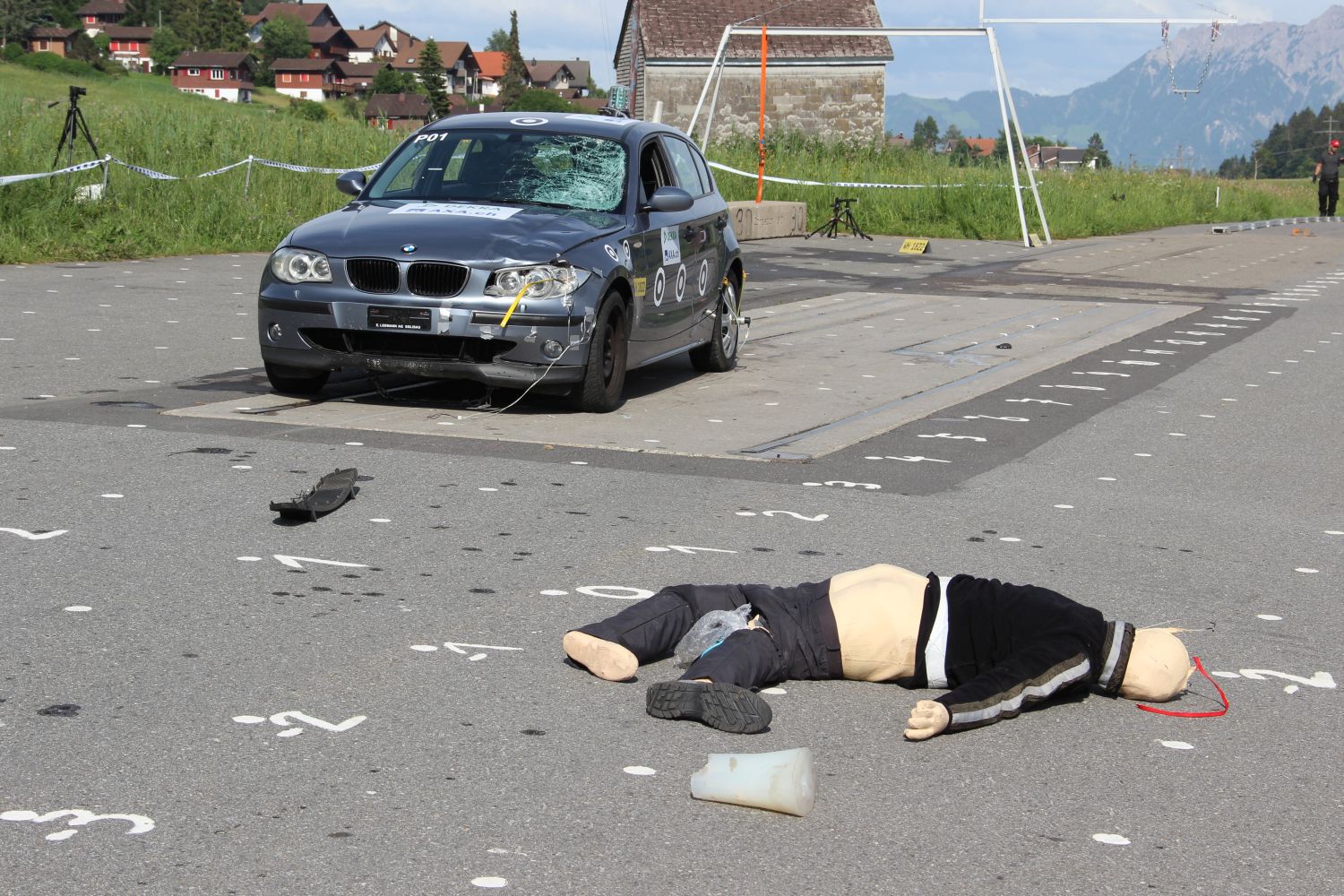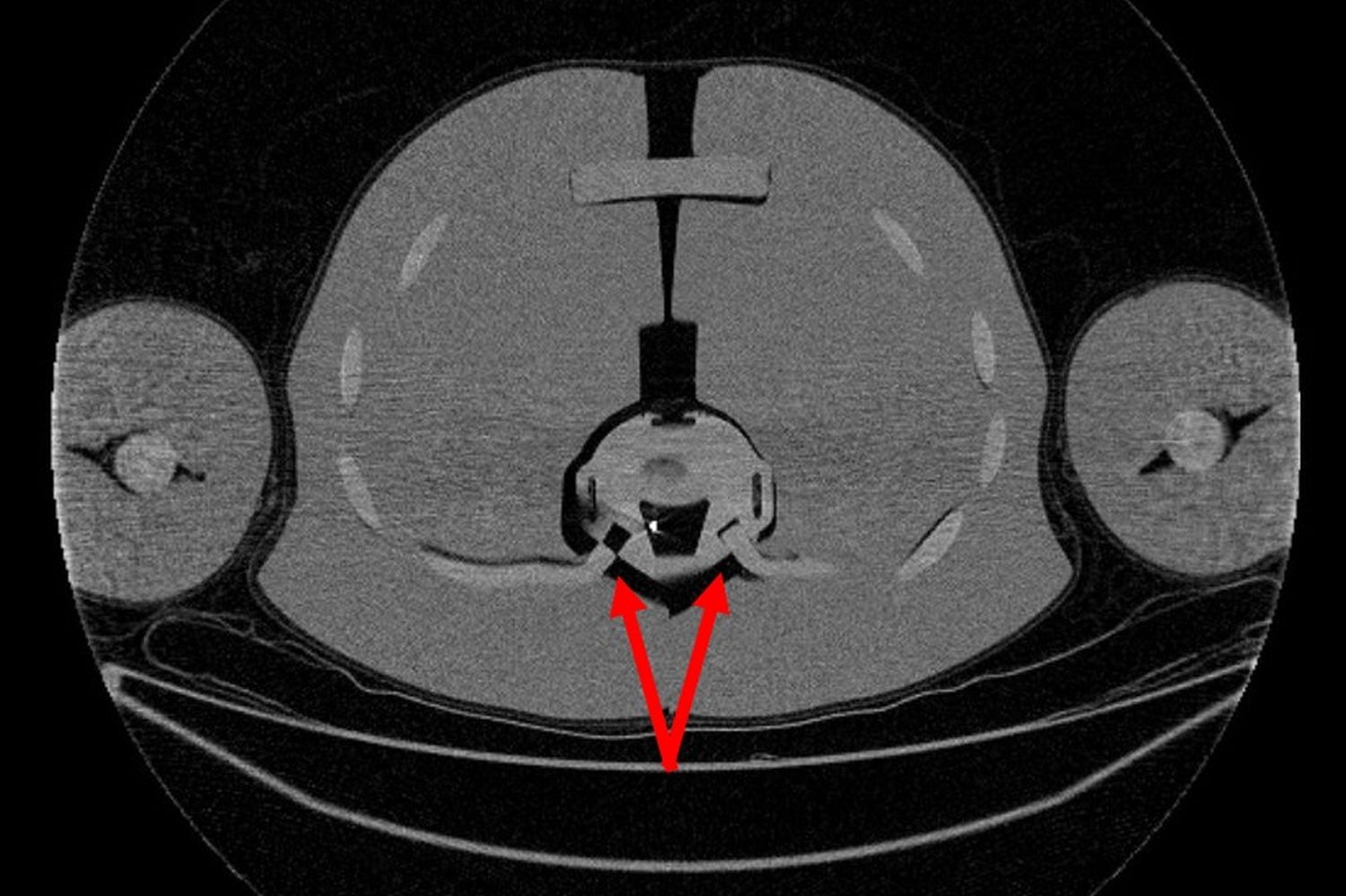The Biofidelic Dummy – Only Human, too?
Author: Joachim Geiger
When biomechanical engineer Andreas Schäuble stages crash tests, the test usually ends with broken bones and torn ligaments. The fact that the dummy’s injuries as well as the damage to the car come very close to reality is also due to the concept of the new biofidelic dummy. The DEKRA expert explains what this is all about.
Mr. Schäuble, you are a mechanical engineer with a master’s degree from the University of Manchester and also hold a diploma in biomedical engineering from the Vienna University of Technology. How did you end up at DEKRA Accident Research with this education?
Andreas Schäuble: Even as a young boy, I was fascinated by the idea that I could one day bust up cars and investigate accidents as part of my job. Later, as a student in 2012 and as part of an internship, I helped out with crash tests in Wildhaus, Switzerland, which DEKRA was conducting together with AXA Winterthur Insurance at the time. After completing my master’s degree in Manchester, I had the opportunity to study biomechanics in Vienna. I jumped at the chance because it seemed like the perfect complement to be able to investigate in depth the correlation between passive vehicle safety and injuries. When a position became available at DEKRA Accident Research in 2018, I applied and got the job.
What is your job title today?
Schäuble: I am a biomechanical engineer at DEKRA Accident Research, where we look at all aspects of road traffic. My current focus is on pedestrian accidents and research on the biofidelic dummy. One of my main focuses is to find out the extent to which the biofidelic dummy’s damage pattern after a crash test corresponds with the injury pattern of a human being after an accident of comparable severity. With DEKRA’s support, I also wrote my diploma thesis on this topic as a side job. For me, it was an absolute stroke of luck that I was able to establish my scope of duties at DEKRA Accident Research via my diploma thesis.
In your diploma thesis and other recent scientific articles, you deal with research on the biofidelic dummy. What is your motivation for working on this topic?
Schäuble: The impetus for the diploma thesis came from our colleagues in DEKRA Accident Analysis. When two cars collide, there are often corresponding impact marks or scratch marks on the road surface in addition to the vehicle deformations. This gives the analysts a lot of clues to work with. However, when a car hits a pedestrian, there tend to be almost no marks on the road at all. But before the biofidelic dummy can be used for the purpose of accident analysis – reconstructing accidents for a court of law – it must be clear how realistic, how similar to humans the dummy data actually is. The idea is to recreate a traffic accident with the biofidelic dummy and reconstruct the accident based on the damage done to the dummy and the vehicle. In the end, the results of the research work were unmistakable – the crash tests with the biofidelic dummy produce results that we would also expect for humans in certain accident scenarios.
How do biofidelic dummies differ from their conventional counterparts?
Schäuble: Dummies are indispensable in accident research. The advantage of certified conventional dummies is that they give us reproducible and validated measurements, usually without being damaged in the process. We use standard dummies to measure relevant load values in crash tests, thanks to extensive sensor technology. We can then use this data to assess how high a particular risk of injury is. However, the dummies are only designed for very specific load cases, for example in a sitting position in frontal collisions. The biofidelic dummy, on the other hand, provides results through damage such as broken bones, torn ligaments, or split skin.
So you couldn’t simply assign the part of a pedestrian to a conventional dummy in a crash test?
Schäuble: The problem there is that conventional dummies usually cause much more vehicle damage than real humans. Furthermore, the impact usually takes place in a sideways standing position or sitting on a bicycle – we can therefore hardly use the values we measure with dummies developed for seated frontal impact. Thus, if experts were to look only at a vehicle’s damage after a crash test, they might perhaps draw the wrong conclusions in terms of vehicle speed based on that damage.
And the biofidelic dummy behaves differently?
Schäuble: In this respect, the biofidelic dummy is much more similar to a human being than a conventional dummy. The first models came onto the market about twelve years ago – at that time they were still comparatively primitive constructions with bones made of wood. Their sole purpose was to create a realistic impression of damage to the vehicle. At some point, it was discovered that the damage to a biofidelic dummy could also represent injuries to a human being – an approach I also pursued in my diploma thesis. In the meantime, damage to the biofidelic dummy is examined in exactly the same way as if it were injuries to real road users. By the way, a standard biofidelic dummy represents the average man – it weighs 78 kilograms and is 1.75 meters tall.
So what makes a biofidelic dummy so human-like?
Schäuble: The dummy has so-called bone substitute material. Its bones have a similar breaking strength to human bones. This means that they also break like real bones when subjected to comparable forces. The tissue substitute material, in turn, has pseudoelastic properties comparable to human tissue. Pseudoelastic means that if, for example, you press your finger into a human being’s abdomen, the fatty tissue gives way – if you take your hand away, it returns to its original shape. This is exactly the case with the biofidelic dummy – and is also a key prerequisite for the biofidelic dummy to interact with the test vehicle in the crash test in the same way a real person would in an accident. Conventional crash test dummies tend to be so-called elastic bodies – if you bump into them, they simply bounce away.
You have another very special qualification as an accident investigator: You are a certified AIS specialist. What does that mean?
Schäuble: AIS stands for Abbreviated Injury Scale. This is a measurement system that describes individual injuries to people by means of a precisely defined code. You can think of it as a dictionary – with currently around 4,000 entries. There is a code for each injury. A fracture of the tibia, for example, might have the code 854000.2, with the last digit after the period describing the severity of the injury. According to AIS, severe injuries rank at level 3 and above. In the US, the use of AIS is widespread. There, hospitals – such as trauma centers – must also code patients according to the AIS code. In Europe, on the other hand, AIS is less commonly used today.
What does this certification mean for your work? What is it good for anyway, if AIS is not very widespread in Europe?
Schäuble: For accident research in particular, it is important to precisely code the injury and its severity. This makes it easier to work with databases and communicate with other scientists. It was important to me that DEKRA Accident Research can also present the relevant expertise to the outside world – if we are active in AIS, then this is backed up by the AIS certificate. In Germany, we work with AIS as part of the GIDAS database (German In-Depth Accident Study). GIDAS is a joint project of the Federal Highway Research Institute (BASt) and the Research Association of Automotive Technology (FAT), of which DEKRA is also a member. Accident research, however, should not only be considered on a national level. After all, many vehicle models are driving on roads the world over. In addition, international comparison helps to identify strengths and weaknesses specific to a vehicle’s country or region. This presupposes that the players speak the same language.
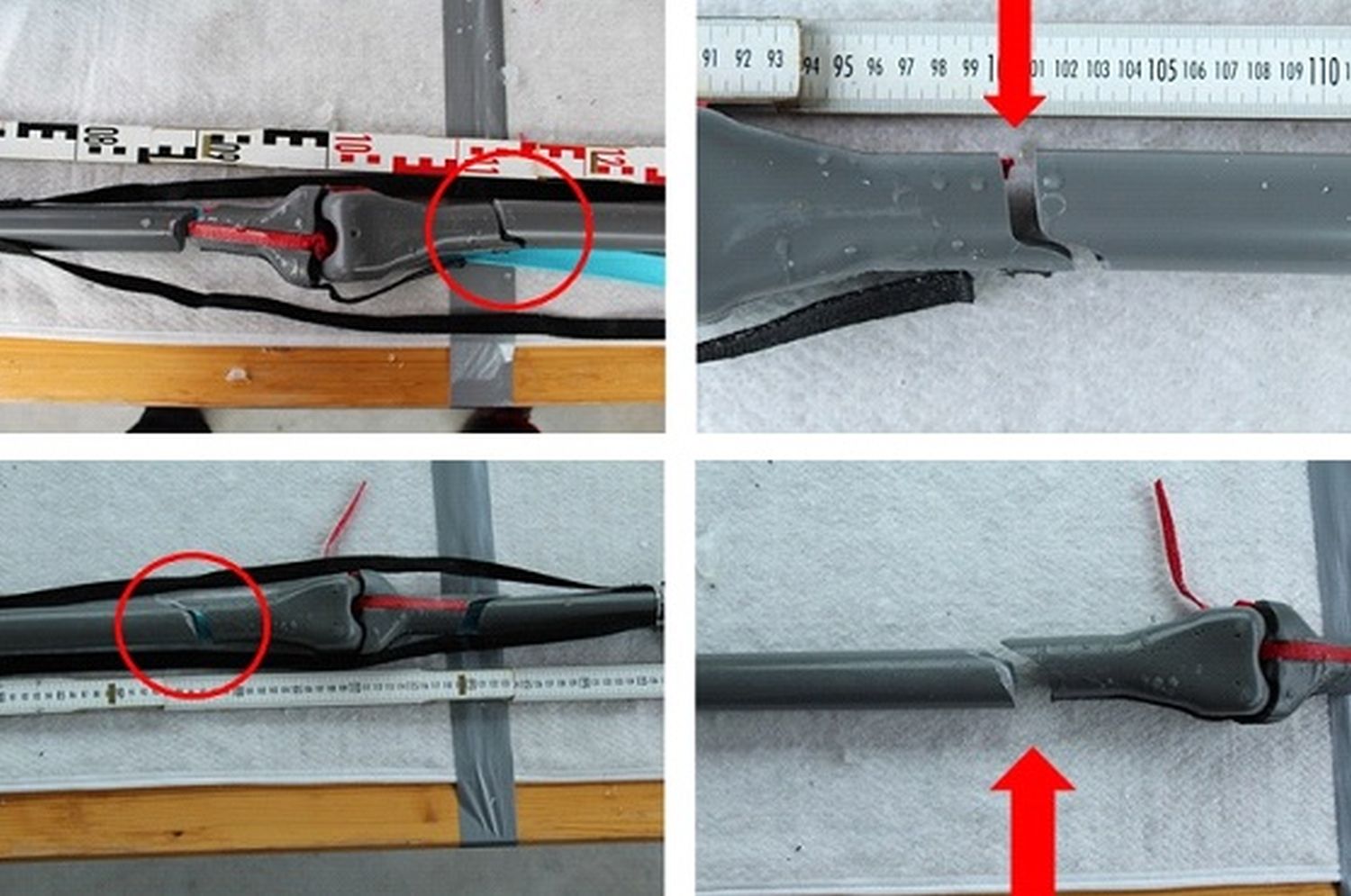
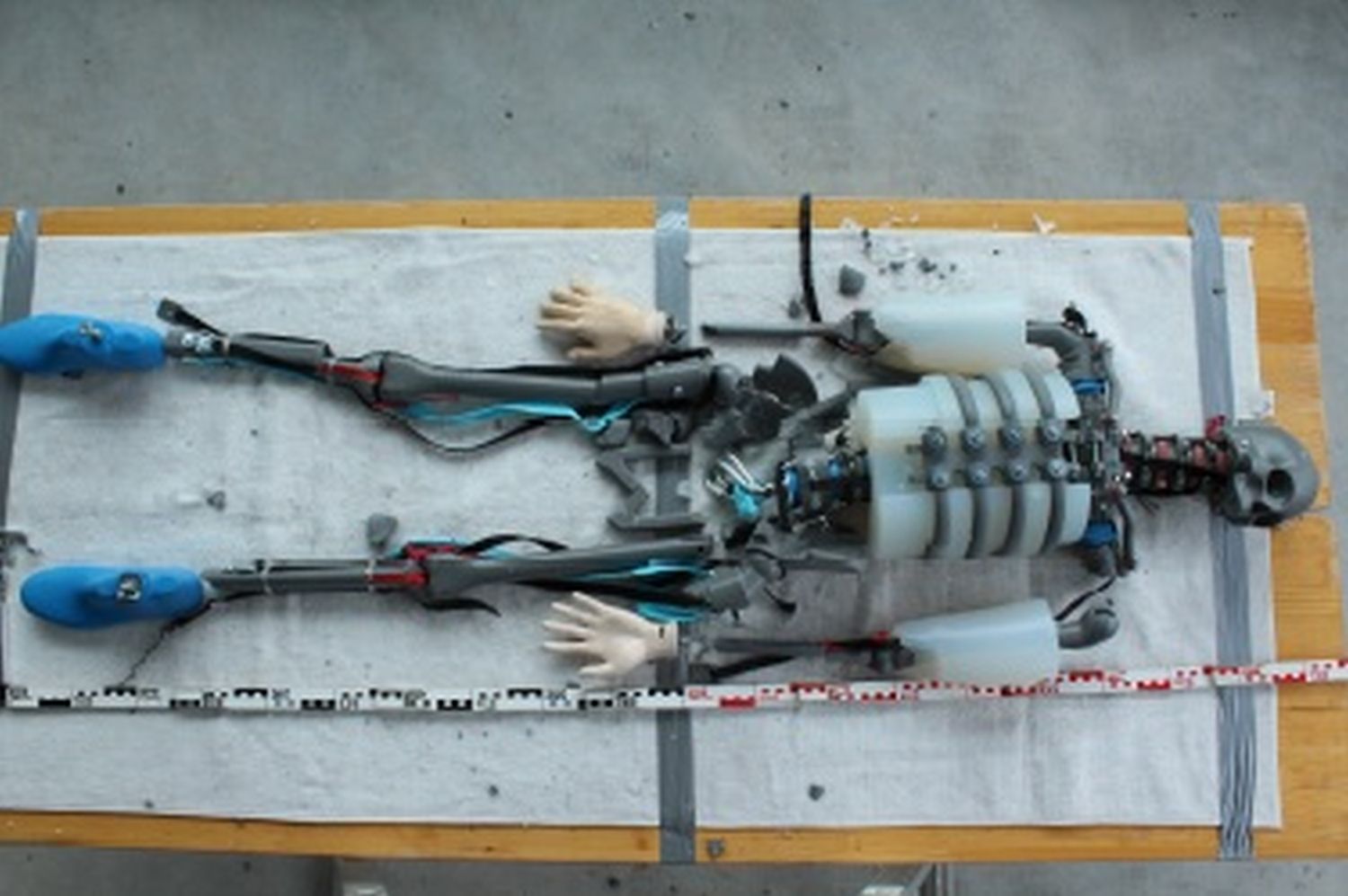
How does DEKRA Accident Research work with GIDAS?
Schäuble: Using analyses of our DEKRA accident database and external statistics, we identify accident scenarios that pose particular risks in terms of frequency and injury severity. Based on this, we use the GIDAS database to learn more about the individual injuries in these collisions. A recent example is provided by our crash tests on accidents involving road cyclists hitting a stationary car from behind. We found about 50 matching cases in the GIDAS database. Since the database has several thousand variables, this is very easy to research. Now I can evaluate in detail all the injuries that occurred here. One of the questions after a crash test is to what extent there is a correlation between the real injuries in humans and the damage to the biofidelic dummy – or where the biofidelic dummy might still have weaknesses.
Can DEKRA Accident Research contribute to the development of the biofidelic dummy?
Schäuble: DEKRA is not officially involved in the dummy’s development. But we cooperate with the manufacturer in that we provide them with some of our results. Now and again we have also made suggestions for improvement. We once had a crash test in which a cyclist was hit from behind by a car – the typical cross-country accident. When the dummy hit the road surface, the friction perforated its skin, completely severing its head. This is an injury that would not be expected in humans in this form. The manufacturer then laminated an additional fiberglass mat into the skin of the skull and connected it to the spine. New tests have shown that this effectively prevents separation. It is essential for us to know what statements can be made based on tests with the dummy – but also where the limits lie or where there is a risk of misinterpretation. Ultimately, accident analysis is about experts presenting what happened in an accident to a court of law. This is used as the basis for reaching a verdict. Misinterpretations or unrecognized faults in the dummy can lead to incorrect results in an expert opinion and thus have serious consequences for defendants or victims. This is where accident research supports DEKRA experts.
Does a biofidelic dummy have to go to the hospital after a crash?
Schäuble: In the past, we have had dummies scanned in the CT at the Charité like a real person. We then perform what is known as a technical autopsy. You can imagine this as in forensic medicine. The dummy is actually cut open. My job is to transfer the dummy’s injuries into the injuries of a real person. However, the examinations ultimately only involve bones and ligaments. The dummies are not designed to examine organs. And that won’t ever be part of the plan in our field of accident research. For us, the main focus lies on findings for accident reconstruction – bone fractures and ligament injuries are usually sufficient, as they can be used to draw conclusions about the direction of impact, for example. The damaged parts are then repaired or replaced. The comparison with the hospital therefore fits quite well.
Where is the biomechanics journey in DEKRA Accident Research heading?
Schäuble: We want to further expand the area of biomechanics. So far, we have mainly been involved in the validation of dummies, which has also been very helpful to the DEKRA accident analysts. However, the field of working with injuries is still very young in DEKRA Accident Research – at the moment we are looking at how we can generate added value for accident research and analysis through cooperation, and establish this important branch in the DEKRA world in the medium term.
